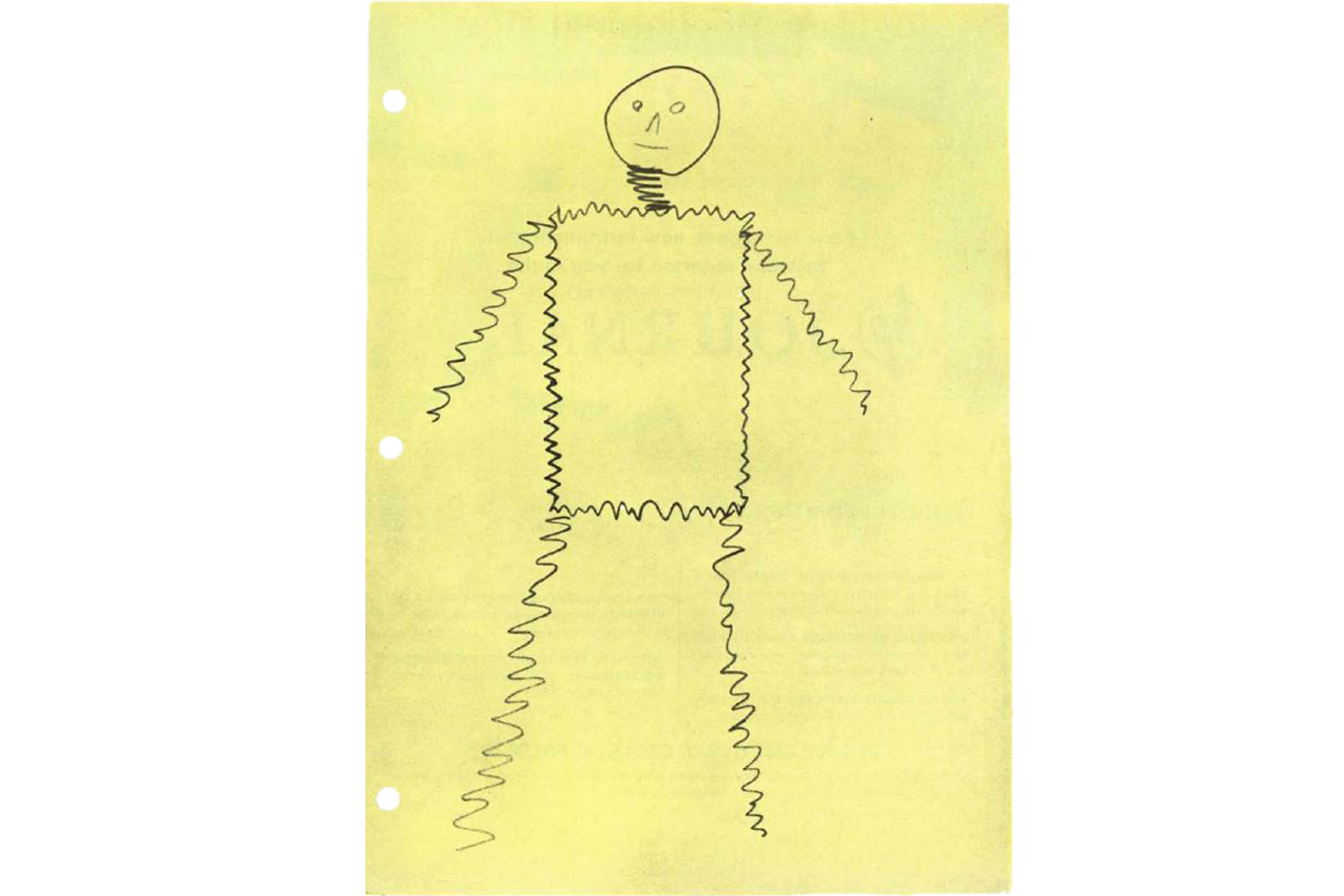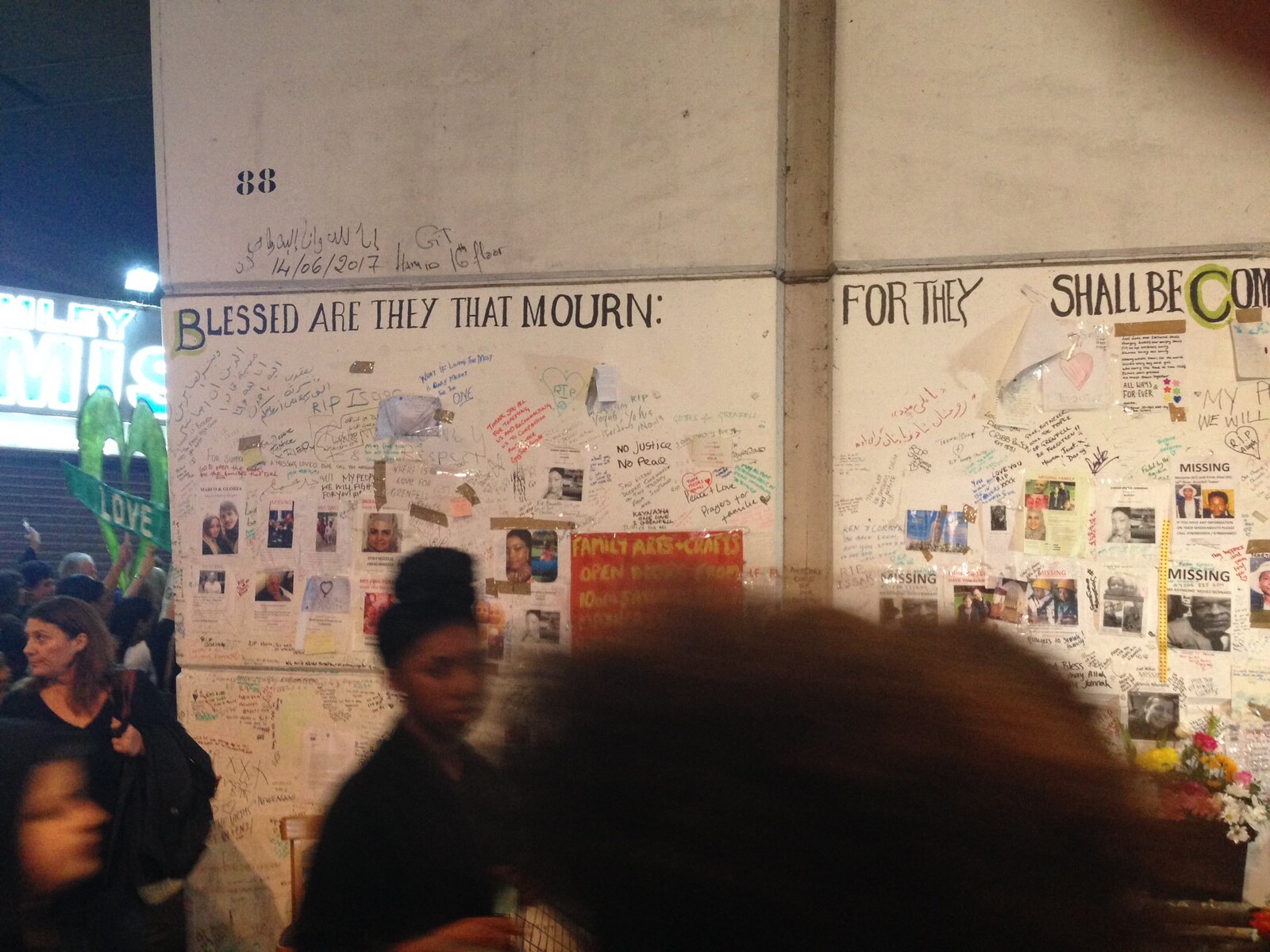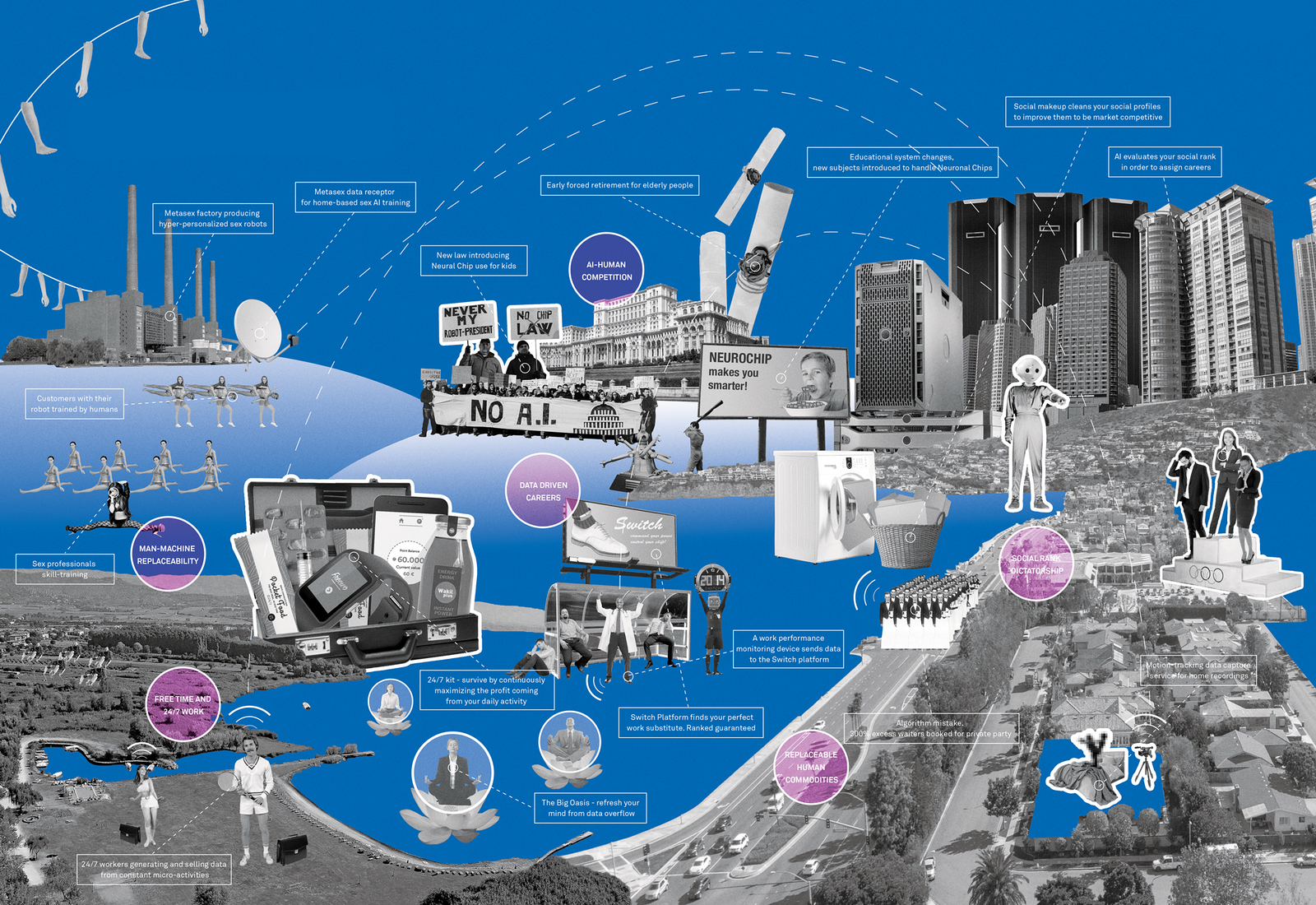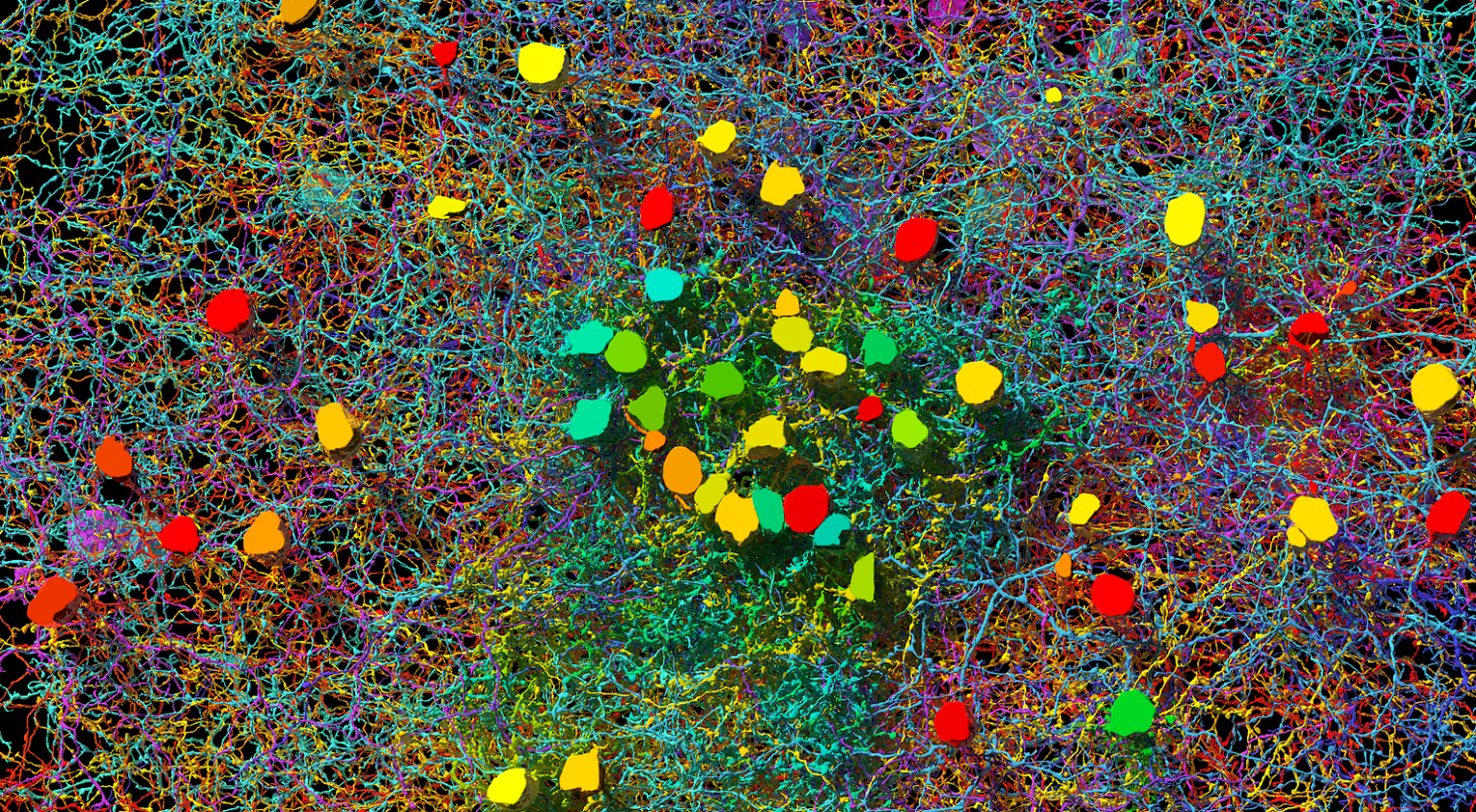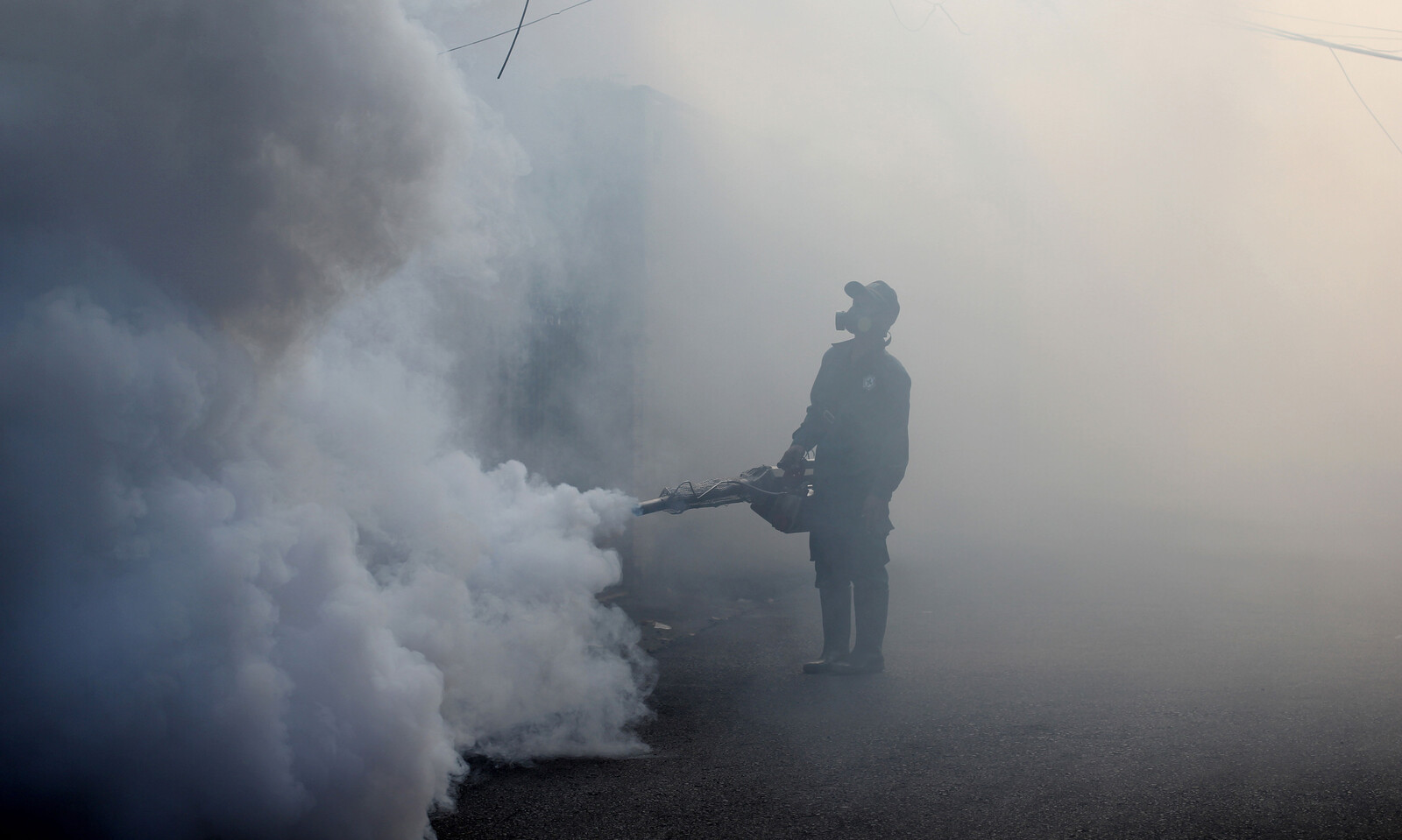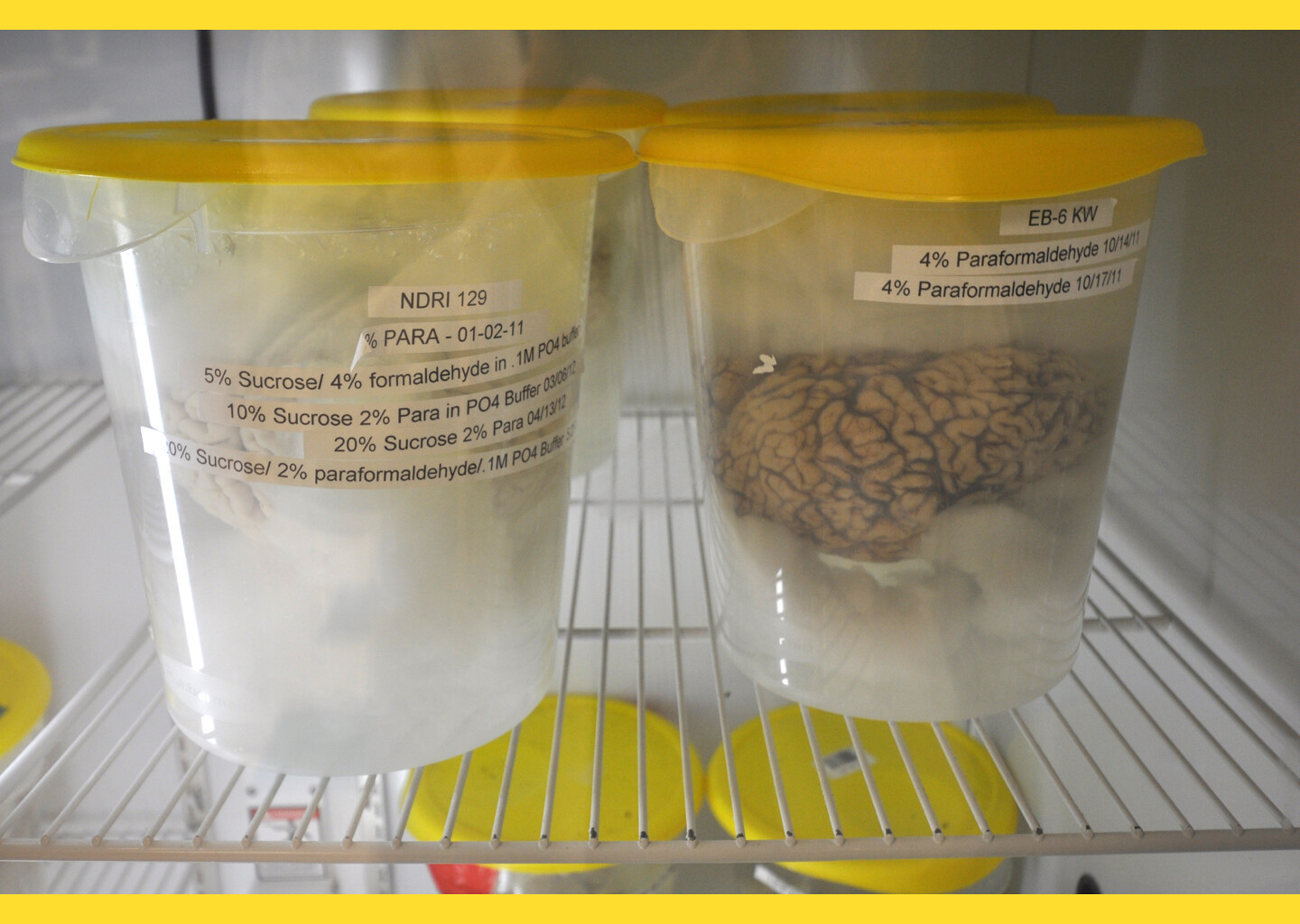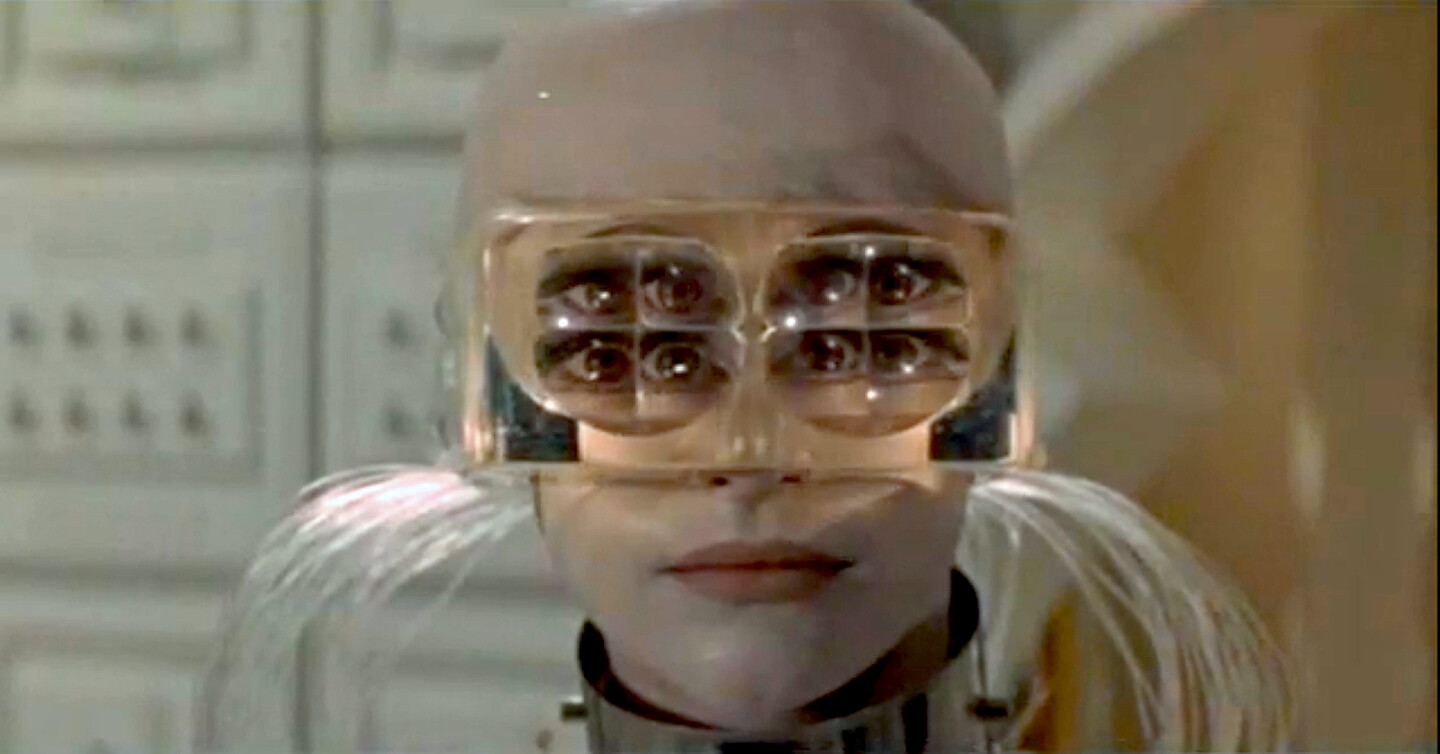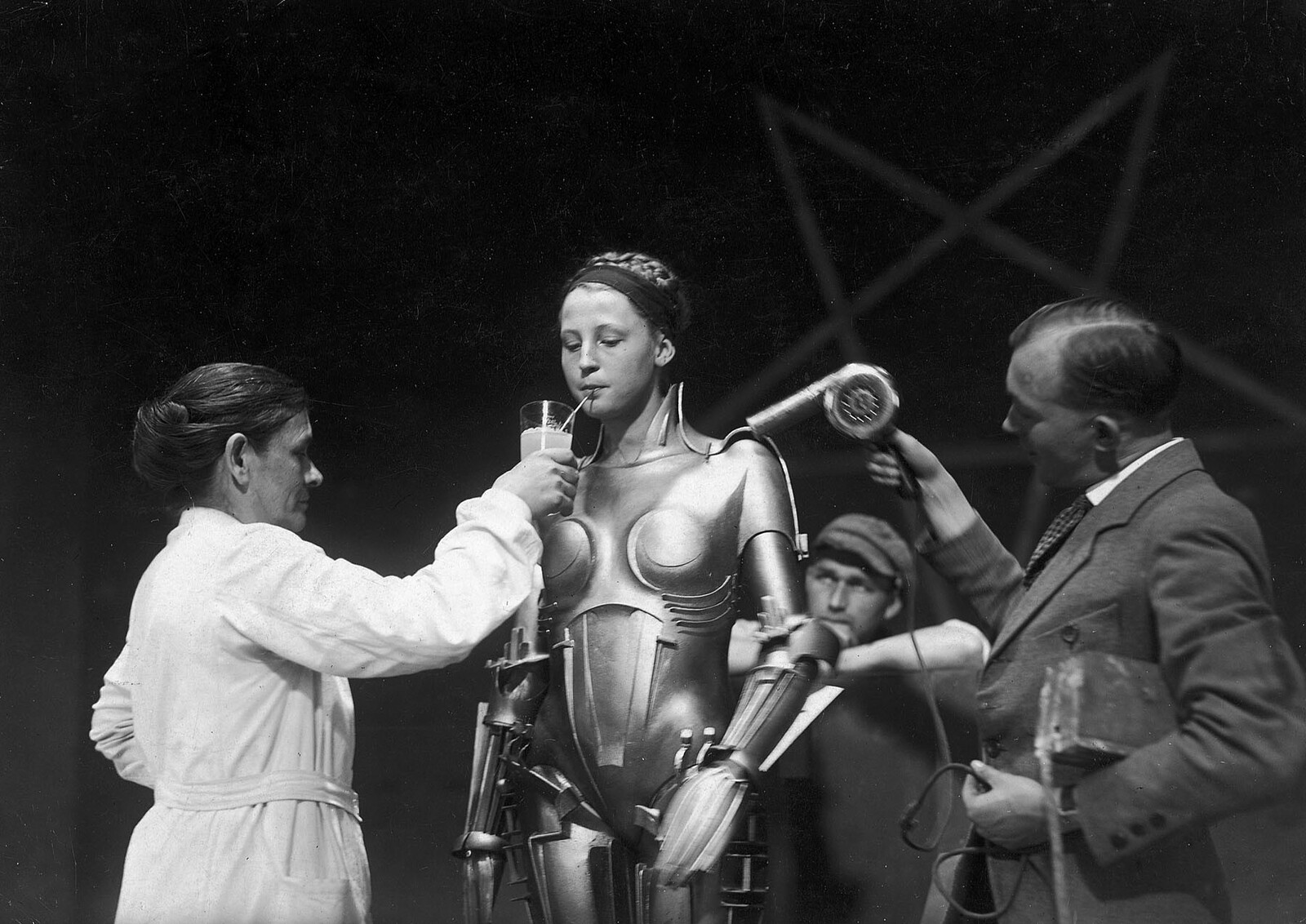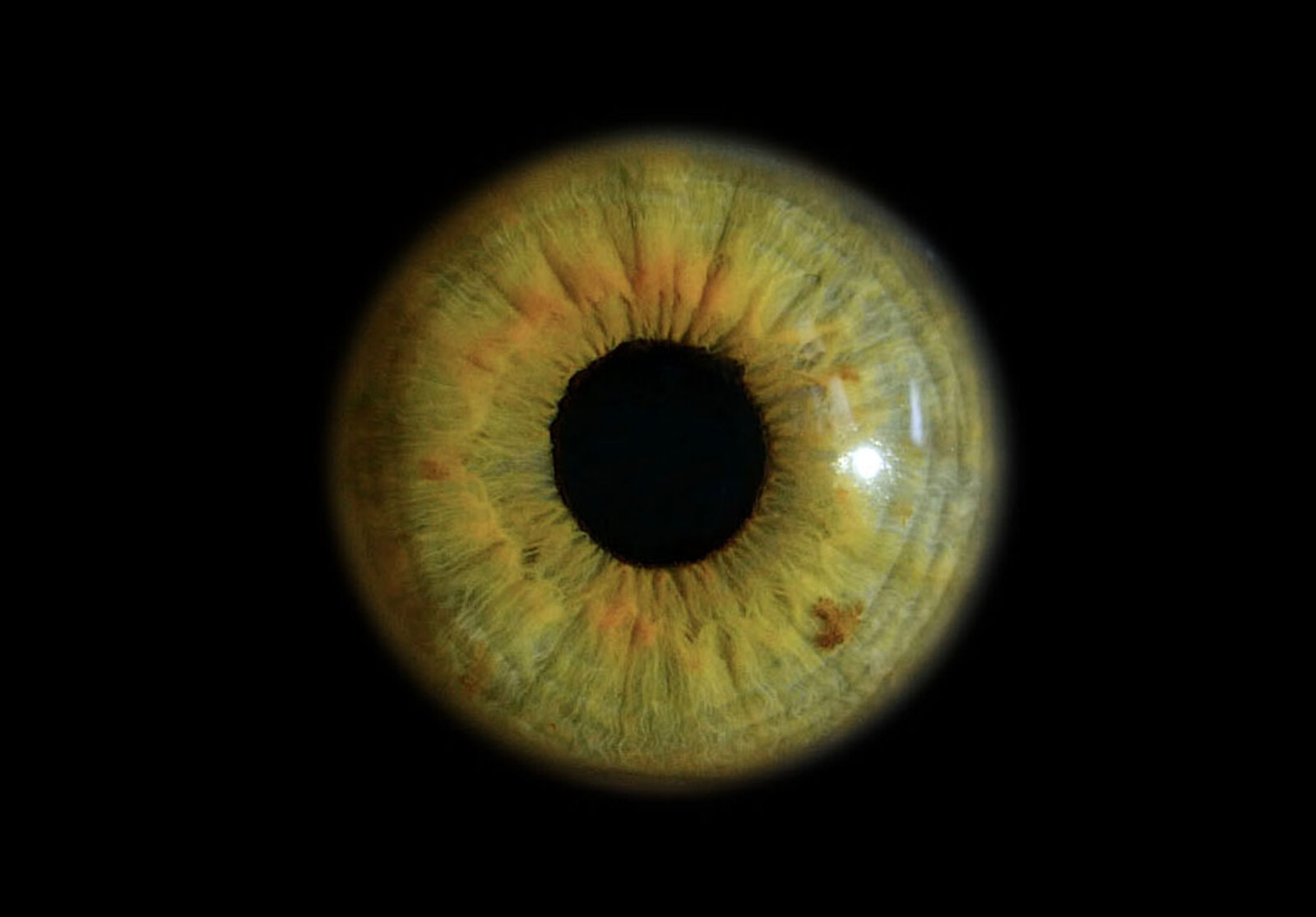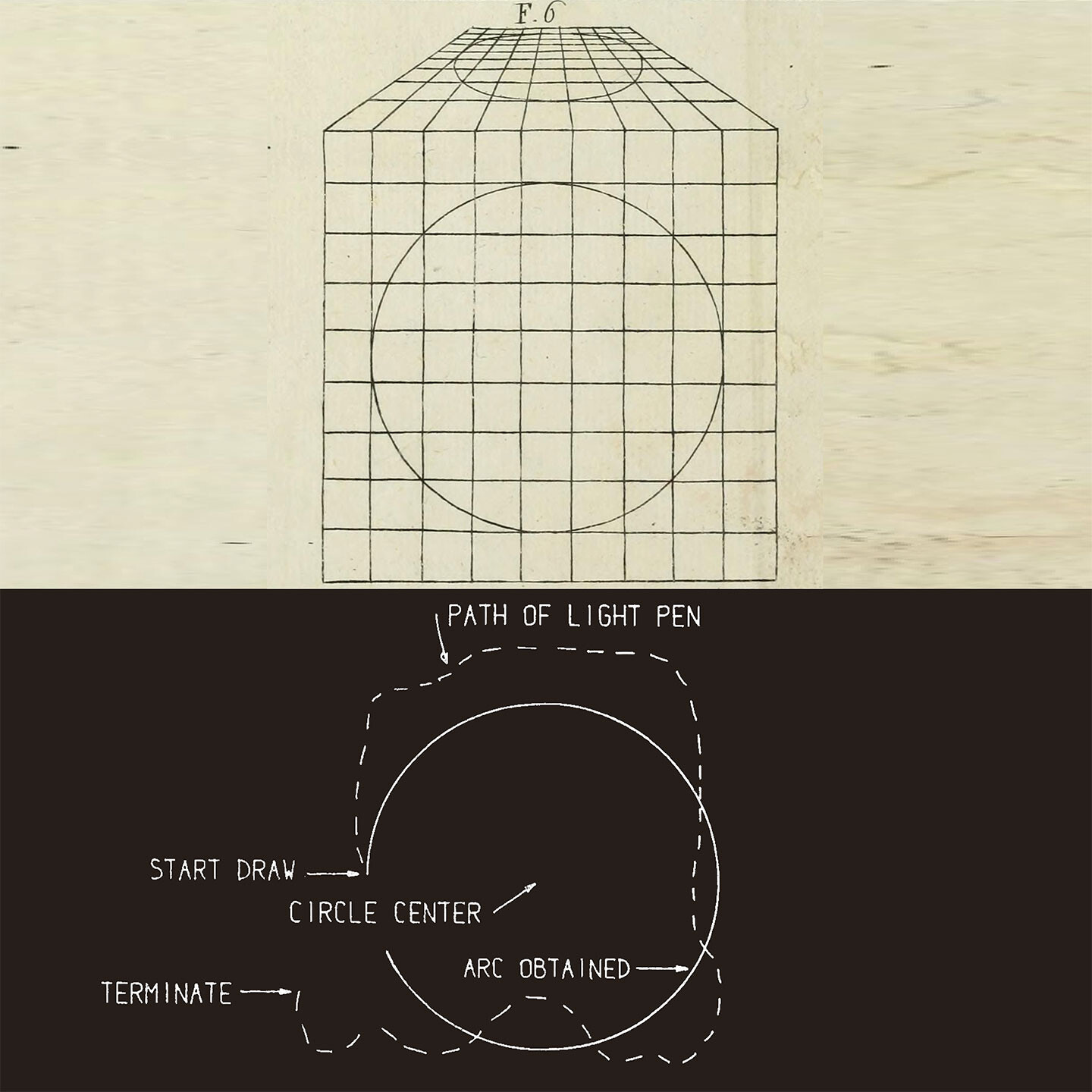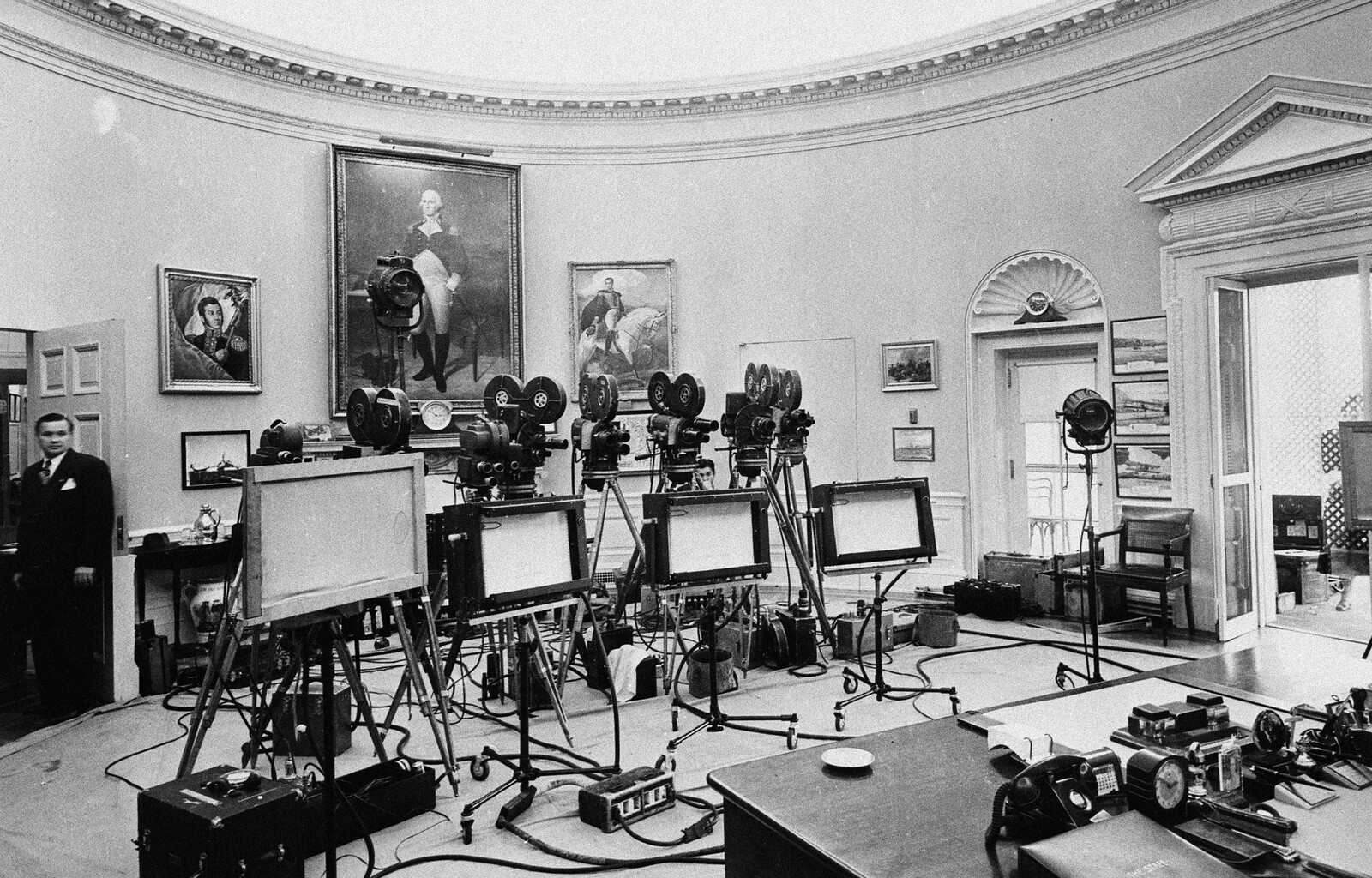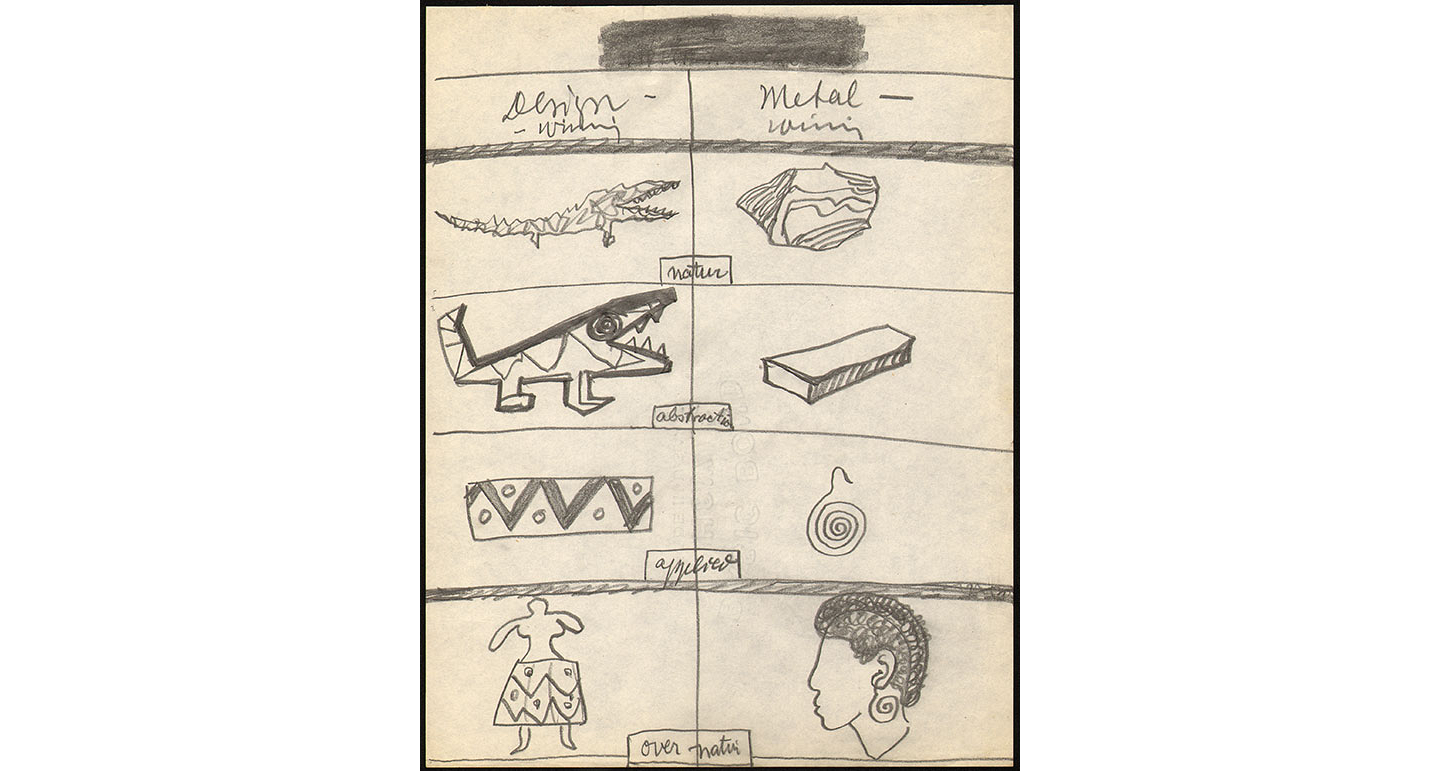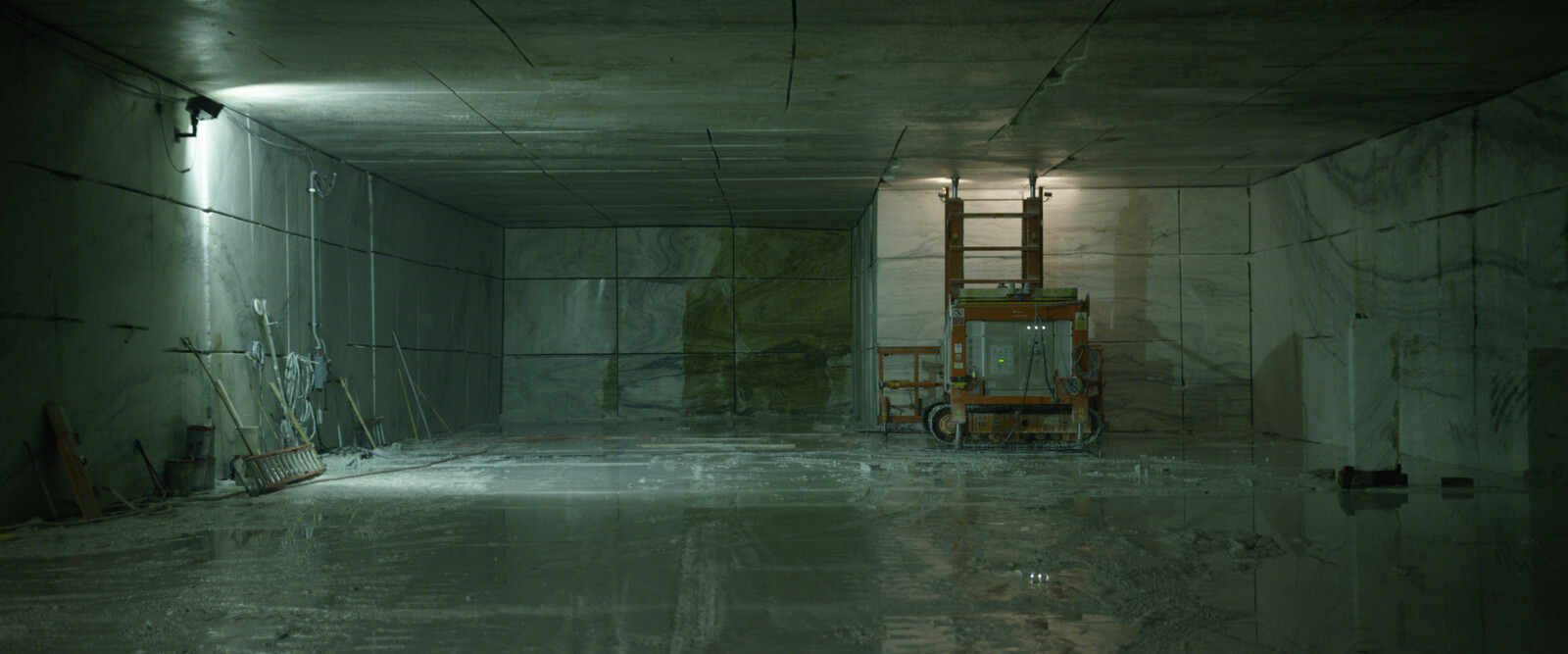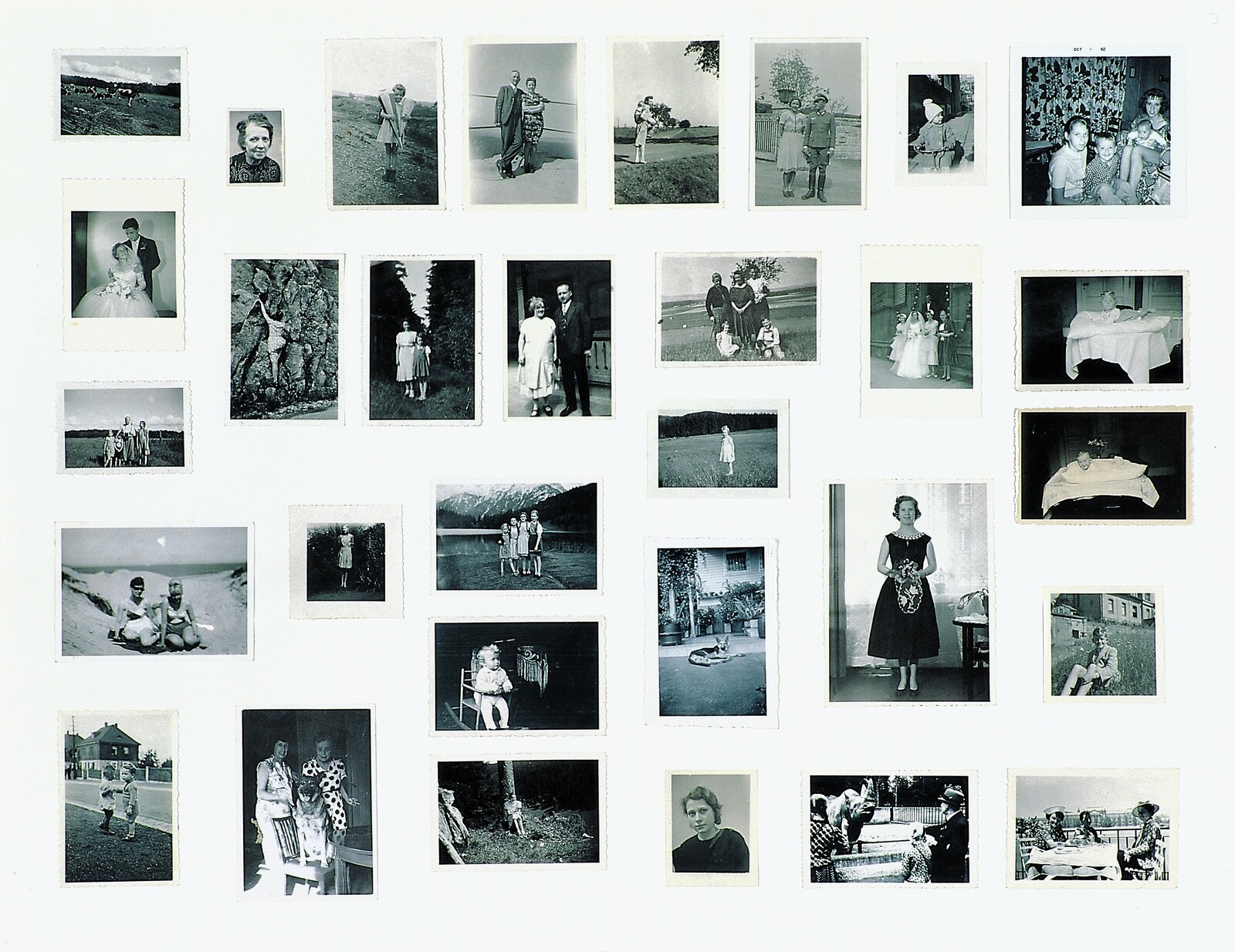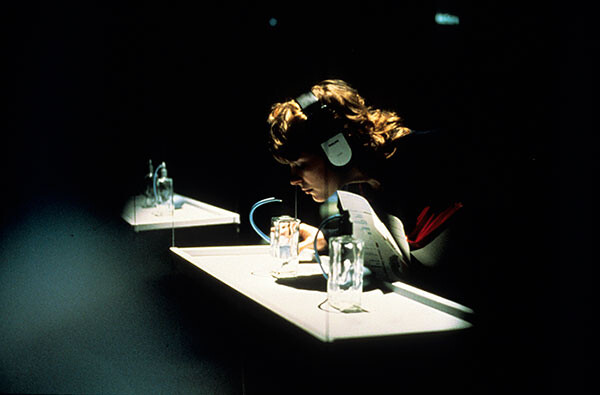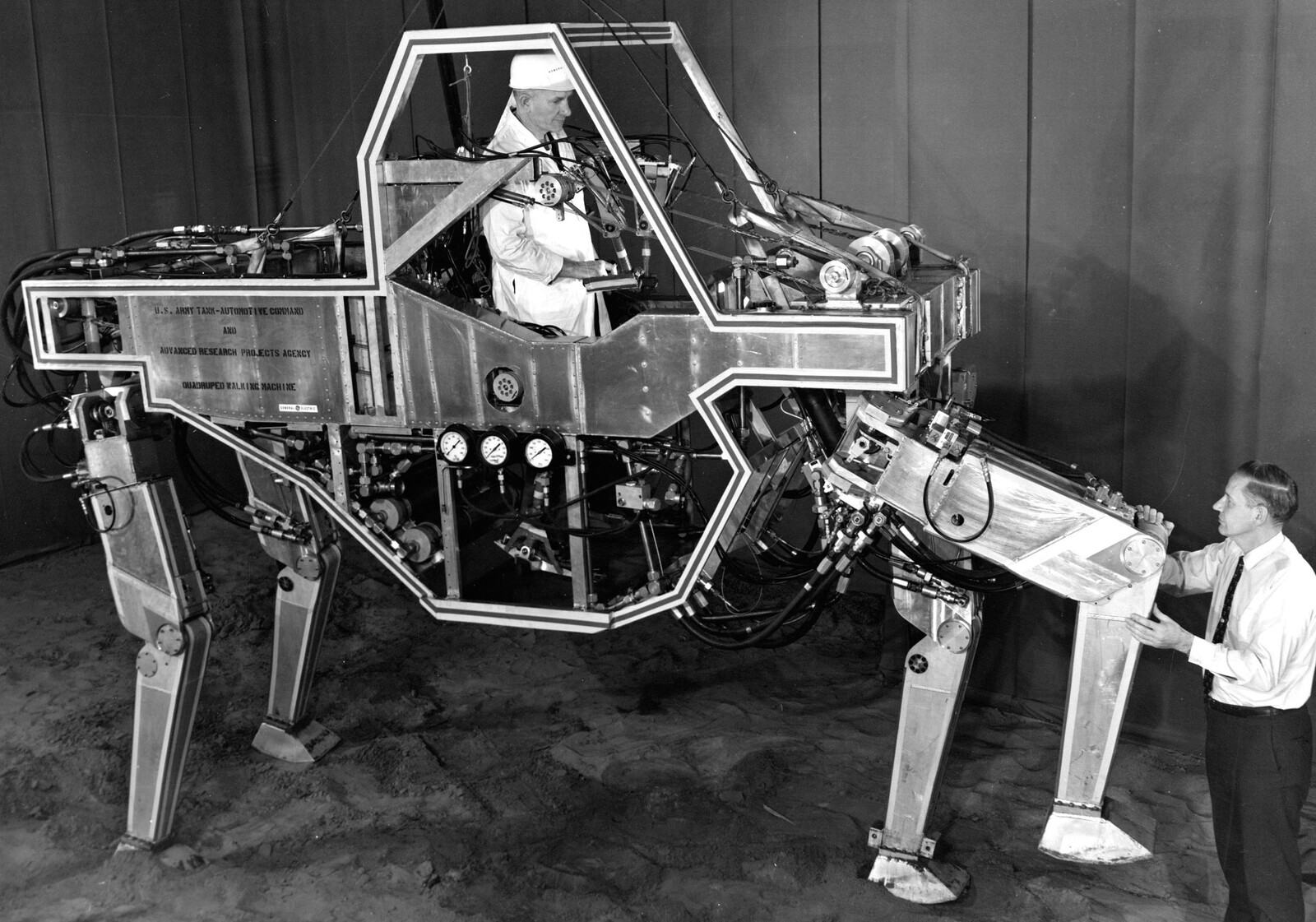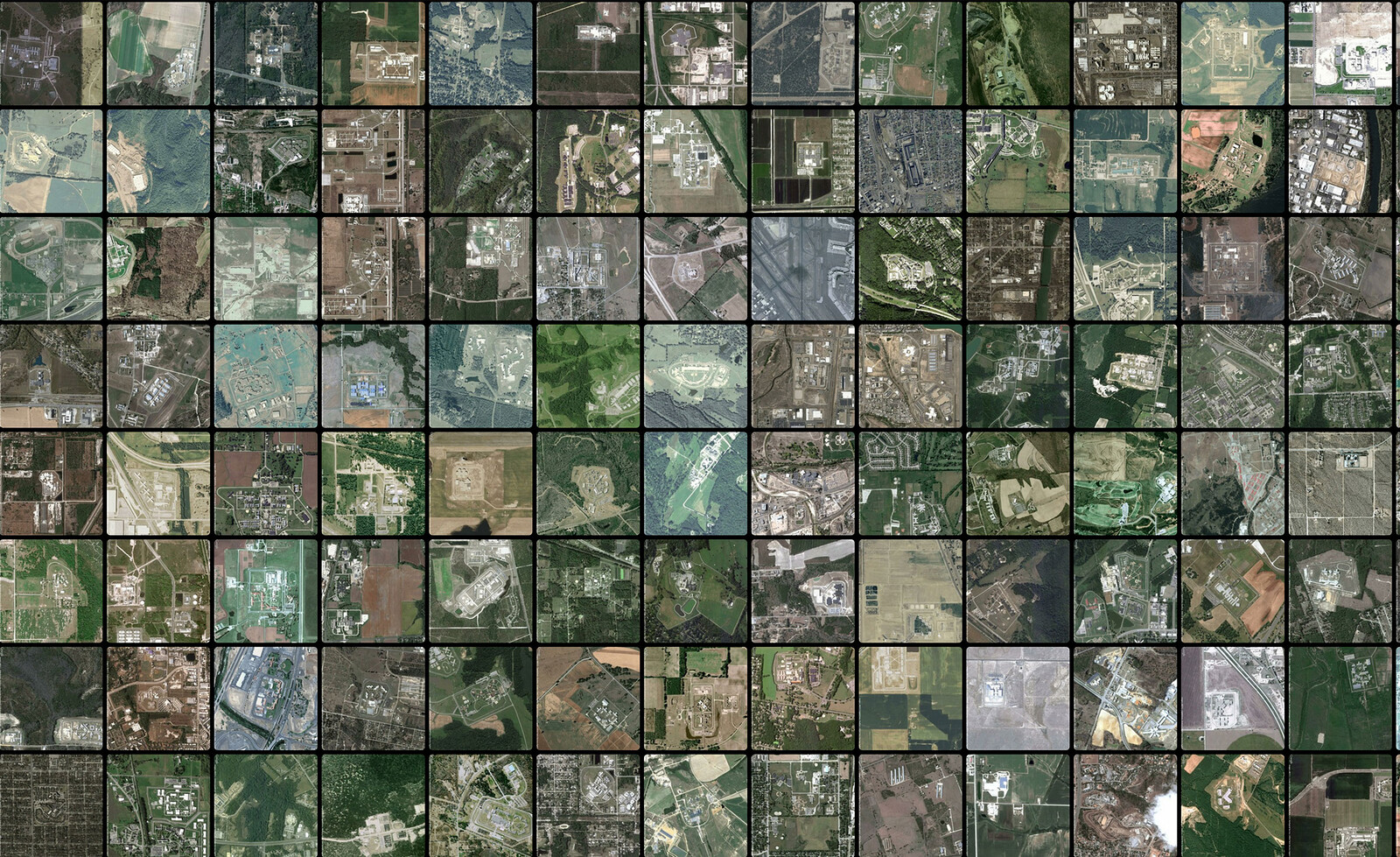How will the use of artificial intelligence (AI) affect the workplace and daily life? There is a pessimistic view that “AI creates social problems,” and an optimistic one that “AI solves social problems.” How we understand the impact of AI will be different depending on which perspective we take. But of course, we cannot completely separate these two views from each other, as many have mixed viewpoints, such as promoting AI while maintaining the precautionary principle.
To consider the risks of AI, we need to discuss its ethical, legal, and social implications (ELSI). Furthermore, we need to recognize that AI cannot be separated from conventional problems caused by information technology (IT). Of course, with AI, there are new problems, such as “Who takes responsibility for the judgments made by machines that learn by themselves?” Yet since information technology first penetrated society, issues such as privacy infringement, information leakage, addiction, and nudging have been problems. While much of the impact expected by AI shares the same problem space and contributes to its extension, it’s important to recognize that AI is currently treated as IT was in the past.
Work
Technology that is difficult for people to use or trust will not penetrate society, even if it is introduced into the workplace. When the personal computer was introduced in the 1980s and 1990s, there was a debate around what kind of jobs would be left for people who could not use a personal computer. Now that we are searching the internet for work and writing documents using software, however, there are many people who cannot remember how to find what they are looking for without these technologies.
People use the technology if it is more useful to their jobs, and technology, in turn, becomes more convenient. For example, search engines used to only search text, but now they can search images, movies, voices, etc. Changes such as this largely take place without being noticed. We should also be cautious about overestimating the ability of AI. Even AI engineers themselves are worried about this. There are a lot of activities, such as driving and surgery, where even little mistakes can cause a tragedy. Trust is required, however, and we cannot entirely rely on AI. AI also makes mistake. Troubleshooting will be necessary.
Mastery
We use personal computers and mobile phones without understanding their mechanics or technical operations. AI does not always need to be understood either, but there are a few cases where a certain amount of (re)education is required. For example, driving a car. Cars equipped with automatic braking and automatic steering wheels have already begun to be sold, and largely to drivers who learned how to drive on manual cars. Even though these mechanisms are currently only designed as safety devices, accidents can and will occur if we become overly confident in the automatic capability of machines. Cases such as car automation are transitional technologies, so it is necessary to know what machines can and cannot do. It is therefore necessary to have a place and opportunities for drivers to be reeducated and learn how to drive with AI. Further down the line, automatic driving vehicles themselves might eventually educate people as to what they should and should not do while driving. That said, some people might prefer not to use the technology, or might simply be unable to. Society therefore needs to prepare a safety net, and allow there to be a choice of using AI or not.
Competition
Fordism has long subdivided work into discrete tasks. The Luddite fear that AI will take human jobs is therefore misplaced.1 For instance, the Hen-na Hotel (strange/changing hotel) in the Huis Ten Bosch theme park (Sasebo City, Nagasaki Prefecture, Japan) is known for introducing robots to take care of reception, cleaning, concierge, and entertainment.2 Guests hardly see human employees when staying at the hotel. Cleaning is divided into tasks between rooms and corridors, which human beings share with the robots. Due to the sensitivity that guests can have to the cleanliness of their rooms, humans are responsible for their cleaning. The robot, conversely, is in charge of common areas such as corridors, which constantly need to be cleaned.3
Even if the quality of the robot’s performance improves, the task of managing and maintaining the robots remains a human job. In this sense, the concept of “cleaning” in the future may change to mean “cleaning the robot” or “issuing a cleaning instruction,” instead of clearing or removing trash with one’s own hands.4
Specification
AI is good at using machine-learning algorithms for processes of optimization and identification. When actually entering a specific workplace, however, AI will be used according to both its particular purpose and the company’s overarching management policy. While the Hen-na Hotel introduced robots to improve productivity—which has led to staff size being reduced to about one third of what it would otherwise be—the well-established luxury Kagaya Hotel in Ishikawa Prefecture introduced robots into back-of-house operations only. Previously, the hotel staff personally delivered meals to rooms, which imposed a heavy workload on the employees. By introducing an “automatic transfer system” for meals, the hotel aimed to allow employees to concentrate on responding to guests. Contrary to the robot hotel that considers robots as the main staff and humans their support, Kagaya uses robots to support the work of humans.
When introducing AI or robots into a workplace, the value that the company seeks to provide to both employees and customers needs to be considered. Only then can the specific type of AI or robot be found to fit the purpose. While there are managers and company presidents who believe that simply introducing AI or robots will improve their company’s productivity, or who want to do so because their competitors have, the tasks and values of each company vary greatly. Mimicry is not an option.
Problems
It is not just a question of what AI can do, but what humans can and should do. Attention should also be paid to the problems that are left over from earlier forms of IT, such as privacy infringement via the monitoring of one’s location for safety, security, or efficiency. And we cannot deny that the risk of overreliance on IT will—and has—become more serious with the introduction of AI.
Suffering in the workplace will continue to rise until each worker is able to say “no” to technologies that they feel are invasive or over-controlling. The role of the humanities and social sciences in this is to understand and conceptualize those uneasy and unpleasant feelings, and not to disregard them as individualistic selfishness. Problems that arise with the introduction of AI may be rooted in company structures, industry logics, social systems, or human relations. It will therefore become increasingly necessary to focus on the interaction between technology and society to discover the essence of the problem.
AI can be treated as a mirror of our society. It is deeply involved in our daily lives and work, and it questions where we place our values. In other words, AI gives us an opportunity to de- and reconstruct our values, and will lead us to creatively consider the future of our societies.
“The Future of Jobs,” a report by the World Economic Forum, suggests that AI is more likely to replace certain tasks than entire jobs. See ➝.
The hotel was devised on the concept of “promising to keep changing.” It is certified by Guinness as “the world’s first robot hotel,” ➝. See also “AIR, Changing Workplace: A Robot Hotel,” interview in Japanese, Information Processing Society of Japan Magazine 57, no. 11 (2016): 1078–83.
For this case study, please refer to Hirotaka Osawa, Arisa Ema, Hiromitsu Hattori, Naonori Akiya, Nobutsugu Kanzaki, Akinori Kubo, Tora Koyama, and Ryutaro Ichise, “What is Real Risk and Benefit on Work with Robots?: From the Analysis of a Robot Hotel,” in Proceedings of the Companion of the 2017 ACM/IEEE International Conference on Human-Robot Interaction (New York: ACM, 2017), 241–42.
“Changing Workplace: A Robot Hotel,” Information Processing Society of Japan Magazine 57, no. 11 (2016): 1078–83.
Superhumanity is a project by e-flux Architecture at the 3rd Istanbul Design Biennial, produced in cooperation with the Istanbul Design Biennial, the National Museum of Modern and Contemporary Art, Korea, the Govett-Brewster Art Gallery, New Zealand, and the Ernst Schering Foundation.
Category
This essay is based on an interview with the Japanese news agency Rengo.
Superhumanity: Post-Labor, Psychopathology, Plasticity is a collaboration between the National Museum of Modern and Contemporary Art, Korea and e-flux Architecture.




